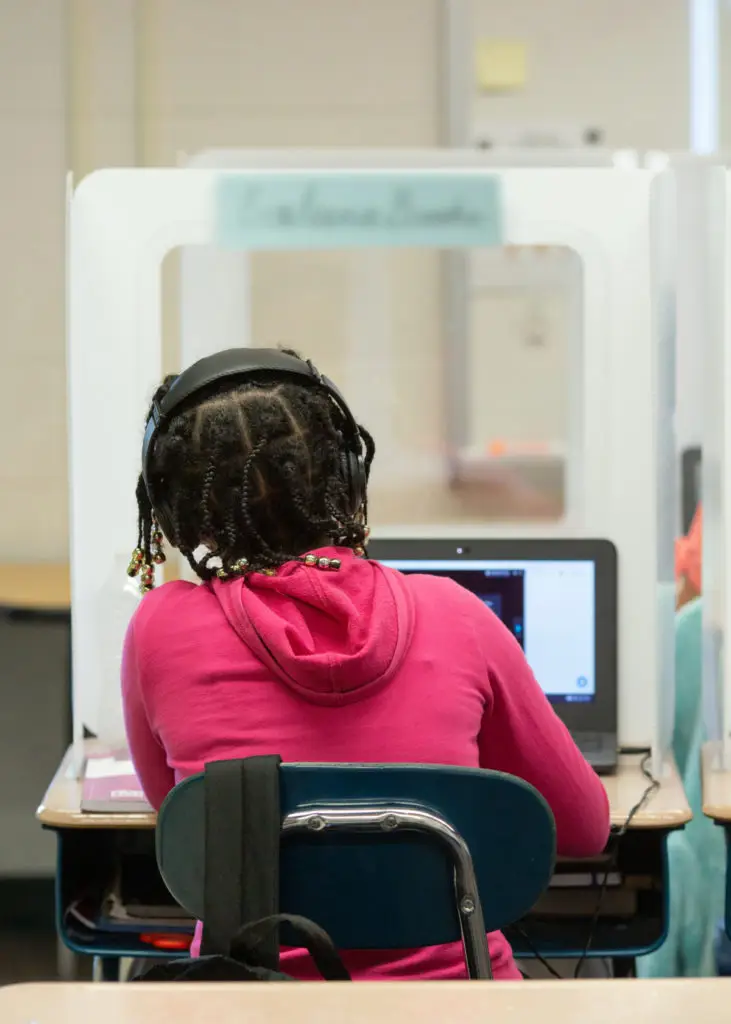The pandemic-fueled expansion of online learning will certainly persist beyond the pandemic, and schools must ensure that the transition creates accessible, high-quality options for all students. Most recently, the surge in COVID-19 Omicron variant cases and persistent ambiguity around whether and how to close schools reinforces the fact that we have failed to build intentional on-ramps to virtual education. State and local leaders can employ evidence from past online learning efforts, emerging best practices, and data from the pandemic to understand how to build a path forward that capitalizes on the potential of online learning, while avoiding the pitfalls.
For example, recent research on the relationship between learning mode and student achievement during COVID indicates that the shift to online education had negative effects on learning outcomes. These findings illustrate a concerning relationship between emergency remote learning and decreased academic achievement. However, many educators, students, and families embraced digitalization during school closures. Without the bounds of four school walls, how can school systems rearrange resources to embrace increased flexibility to let students determine where, when, and on what schedule learning happens? How can the very best teachers reach more students? How can the potential of online learning inspire other educators to improve their pedagogy?
Virtual learning is not going away, but it must improve, especially for students of color and those facing economic insecurity. The bottom line is that we cannot repeat the emergency distance learning that took place in 2020 and 2021, and we remain unprepared to implement online learning when the need arises. This brief provides a guide for education leaders and policymakers building a path to sustainable and quality virtual learning.








